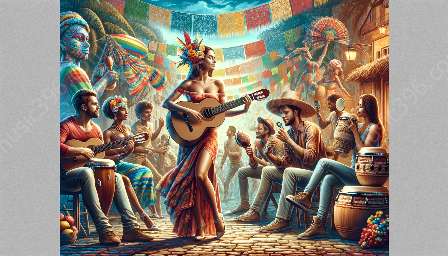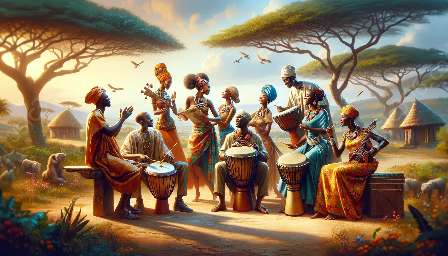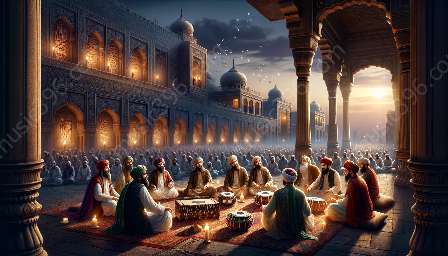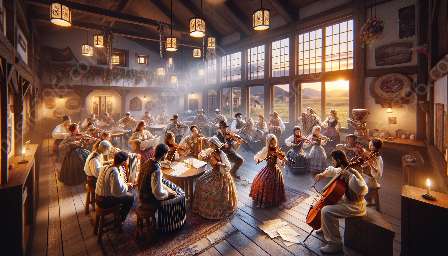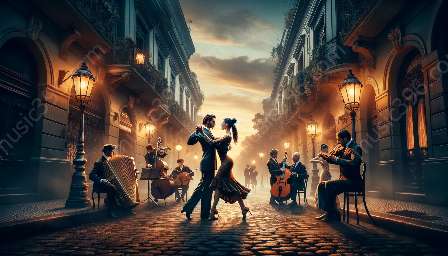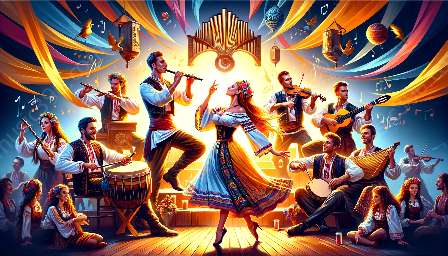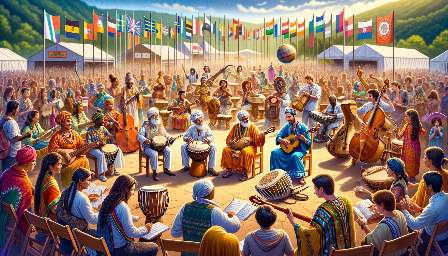Bossa nova music, with its smooth melodies and gentle rhythm, has gained worldwide recognition for its unique sound. The role of percussion in bossa nova is deeply rooted in Brazilian culture and has played a significant part in shaping this genre of music. The compelling rhythms and diverse instruments used in bossa nova percussion are integral to the charm and allure of this vibrant musical style, making it an essential component of world music.
Exploring Bossa Nova Percussion:
At the heart of bossa nova percussion lies a blend of African and Brazilian influences, creating a captivating and infectious rhythm. The traditional bossa nova rhythm is characterized by its syncopated beat, with accents on the second and fourth beats of the measure. This rhythmic pattern sets the foundation for the enchanting melodies and harmonies that define bossa nova music.
Rhythmic Elements:
One of the fundamental rhythmic elements in bossa nova percussion is the clave pattern. This pattern, derived from African and Afro-Cuban music, provides the framework around which the percussion instruments interlock to form the distinctive bossa nova groove. The syncopated nature of the clave pattern gives bossa nova its signature swing and laid-back feel, essential to its captivating allure.
Another crucial rhythmic component in bossa nova percussion is the use of subtle accents and ghost notes. Percussionists employ delicate touches and intricate patterns to create a sense of lightness in the music, allowing the melodies and harmonies to shine through. By utilizing these nuanced rhythmic techniques, percussionists add depth and complexity to the overall bossa nova sound.
Instruments of Bossa Nova Percussion:
The percussion instruments that contribute to the rich tapestry of bossa nova music are as diverse and captivating as the rhythms themselves. The delicate and intricate sounds of the pandeiro, a Brazilian tambourine, play an essential role in driving the rhythmic pulse of bossa nova. Its crisp, jingling sound adds a playful and earthy quality to the music, elevating the overall texture and ambiance of the compositions.
Another integral instrument in bossa nova percussion is the cymbal. The shimmering, subtly nuanced tones of the cymbal help create an atmosphere of sophistication and elegance in bossa nova music. By incorporating the cymbal into the rhythmic framework, percussionists infuse the music with an airy and ethereal quality, lending depth and dimension to the overall sonic landscape.
The surdo, a type of Brazilian bass drum, serves as the foundation of the rhythmic structure in bossa nova. With its deep, resonant tones, the surdo provides a steady and grounding force, anchoring the music and allowing the other percussion instruments to weave their intricate patterns around its steadfast rhythm.
Evolution of Percussion in Bossa Nova:
As bossa nova continues to evolve and resonate with global audiences, the role of percussion in this genre remains as vital and compelling as ever. Modern interpretations of bossa nova music have expanded the palette of percussion instruments and rhythmic possibilities, infusing the genre with new energy and creativity.
Contemporary percussionists often incorporate a diverse array of instruments from around the world, embracing the rich tapestry of global percussion traditions. This blending of cultural influences not only enhances the rhythmic complexity of bossa nova but also reinforces its status as a celebrated genre within the world music spectrum.
Through the enduring allure of its rhythmic patterns and the captivating sounds of its percussion instruments, bossa nova continues to captivate audiences worldwide, transcending cultural boundaries and enriching the global music landscape.

